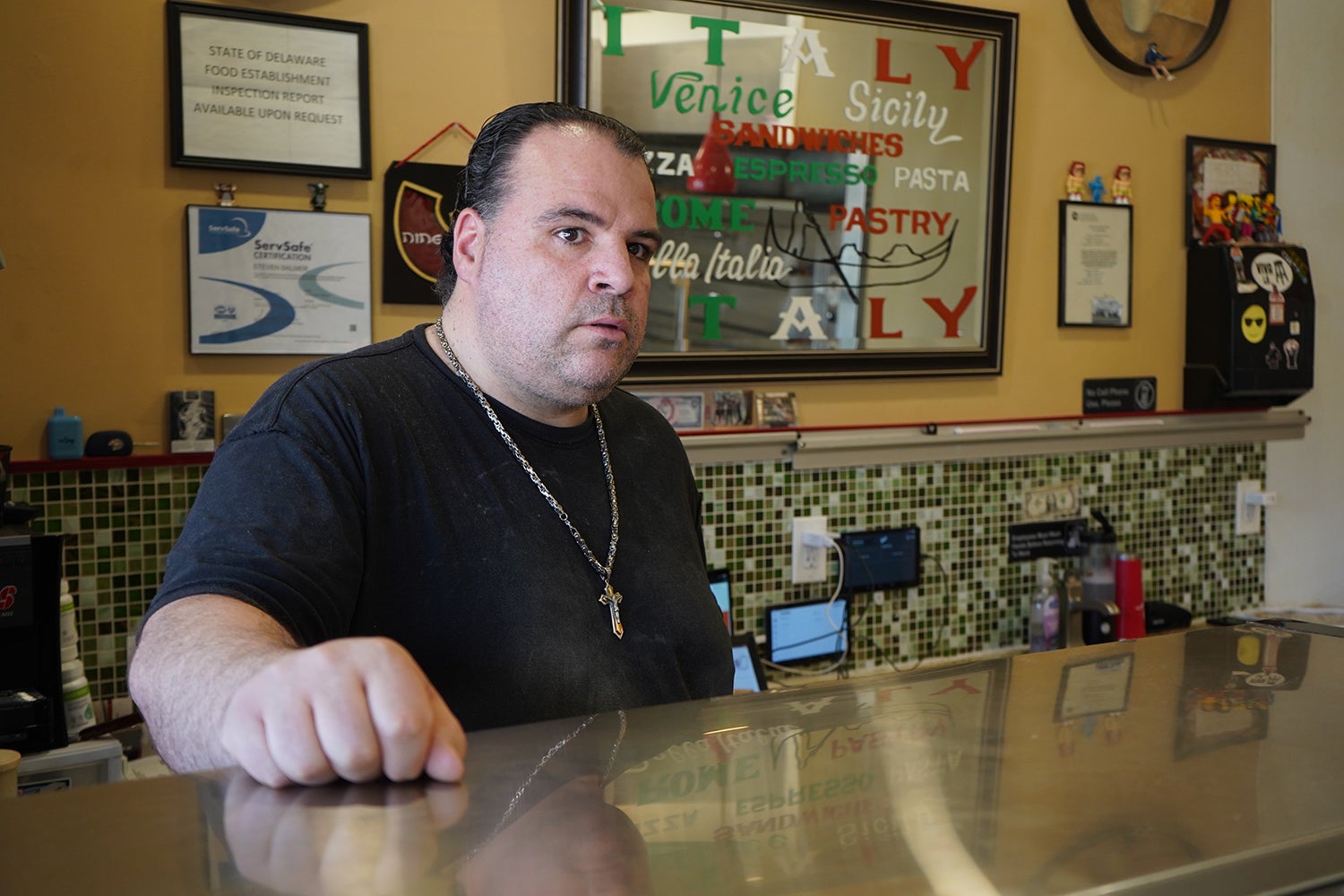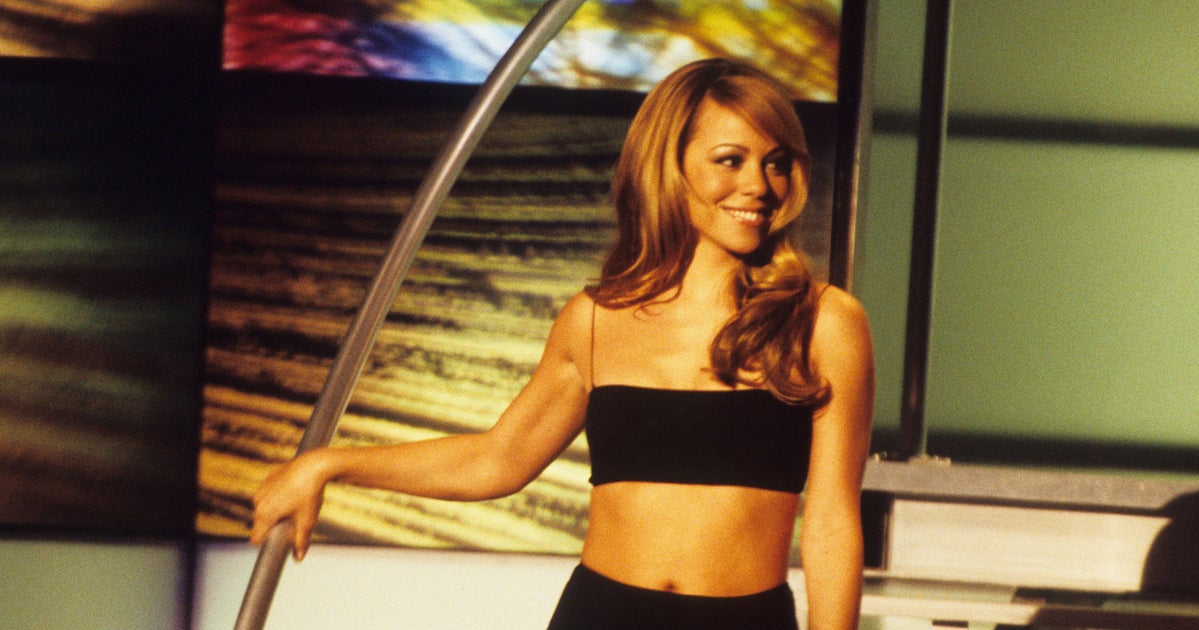Sports
‘Nobody is saying it’s easy’: Behind Arc’teryx parent Amer Sports’s sustainability roadmap

This week, hundreds of government officials, activists and retail executives are gathering at the United Nations for Climate Week NYC. Among them is Anne Larilahti, vice president of ESG at Amer Sports, the parent company of brands including Arc’teryx, Salomon, Wilson and Atomic.
Larilahti, who joined Amer Sports in 2022, oversees the company’s sustainability roadmap, which takes inspiration from four of the UN’s 17 Sustainable Development Goals: “climate action,” “responsible consumption and production,” “good health and well-being” and “decent work and economic growth.”
Amer Sports is already making progress on these targets, Larilahti told Modern Retail. Earlier this year, Salomon debuted its first recyclable ski helmet, as well as an updated version of its recyclable Index running shoe. In 2023, Atomic launched a trial version of a boot take-back program that collected more than 2,500 pairs of boots. Arc’teryx added two new repair facilities in the U.S. for its ReBird by Arc’teryx program, which resells pre-owned items and upcycles materials.
On the whole, Amer Sports aims to conduct a life cycle assessment for all products by the end of 2025, increase its use of renewable energy and lower emissions by the end of the decade, according to its last sustainability report published in May 2023.
Amer Sports, which was founded in Finland in 1950, went public earlier this year at a $6.3 billion valuation. The company reported a 16% year-over-year rise in revenue for its second quarter. Its biggest category was technical apparel, which brought in $407 million during that time.
Sustainability is also proving to pay off for the company. In August, Amer Sports CEO James Zheng said sales of Arc’teryx’s Beta Jacket “accelerated” when the company switched to materials compliant with a ban on PFAS forever chemicals. “Our customers love the look, feel and the performance of the new material,” he said.
Larilahti spoke with Modern Retail at Amer Sports’s New York City office about sustainability plans for the rest of 2024 and beyond. This interview has been edited for length and clarity.
What are your plans for climate action across your different brands?
We have a group level target. We’ve made our submission [to the Science Based Targets Initiative], and we’re looking at net zero by 2050, but then by 2030, minus 25% [indirect greenhouse gas emissions] on Scope Three. We call that the base camp across the brands. Everybody needs to hit that. But you have the freedom, if you want, to go further. A couple of brands have done that. Salomon has a 30% reduction target by 2030, and Arc’teryx has a 42% reduction target by 2030.
Is that challenging to coordinate across the brands, considering some have different products or supply chains?
We unify to an extent, but we do recognize that they have different challenges. It’s very different to reduce the load of a ski rather than a T-shirt. The brands have a lot of freedom in creating the roadmaps. We support them with that. But whatever… we can do together, we’ll harmonize that.
You mentioned one of your goals is “responsible production and consumption.” What does that look like for Amer Sports?
For us, that means educating the consumer. Our Arc’teryx store on Broadway [in New York City] is a beautiful example of that. The downstairs [that houses secondhand products] looks like an upscale store, even though the product is pre-loved but also refurbished. We also teach the consumer to care for their product, and we do repairs.
It’s interesting, a lot of people, if they have a yellow jacket, they want to [fix it with] a blue patch or something because it’s their story. “I ripped it when I was doing this [activity].” It’s really nice to see that mindset with the consumers — that they’re proud to wear the same jacket.
A lot of apparel brands that I’ve spoken with say something similar. They feel like secondhand shopping is becoming more popular, especially among young people. Is that what you’re seeing as well?
Absolutely. It has really changed. And there are a lot of drivers, of course. One is the price. It’s a lower entry level. Second, people are increasingly conscious of the environment. Our customers are outdoor people. They see what is happening firsthand with the environment, and they are asking us to do this. And we very much understand that to be relevant, we need to do this. There’s also a third driver, and that is the fact that maybe not everybody wants to wear what everybody else is wearing. You want to find something that is unique.
Of course, on affordability, one thing that is really important is rental. Wilson has a program called “Come Play With Us,” where you can rent equipment… It has an environmental benefit, but it’s very much also [about] making sure that as many people as possible can try the sport. It starts from $10 a day.
What’s your sustainability mindset heading into 2025?
2025 is going to be a lot of circularity. Salomon already has an Index shoe, and now they’re building it into an Index family, and that’s very much about recyclability. You buy the shoe, and it’s meant to last, but at some point, maybe it’s time to change, and you ship it back to us. We take it apart in two pieces, and it’s ready to be recycled. We also have an Index helmet and an Index ski boot.
How do you view the role of companies in fighting climate change?
I think it is up to the companies. I don’t think we can get a lot done without the companies… For some, it’s difficult to get your head around it. [You] need to combine growth and a reduction in negative impact. It’s not easy, and nobody is saying it’s easy. But we need to get it done.
We’re still very committed to targets, and we do believe that we’ll find the right levers to achieve them. But a lot of collaboration is needed, and it’s not only companies. Our former president of Finland was speaking earlier at our reception about how consumers need to be understanding that companies need to do things differently now. The consumer has to be part of the whole ecosystem… and get products back into circulation.










